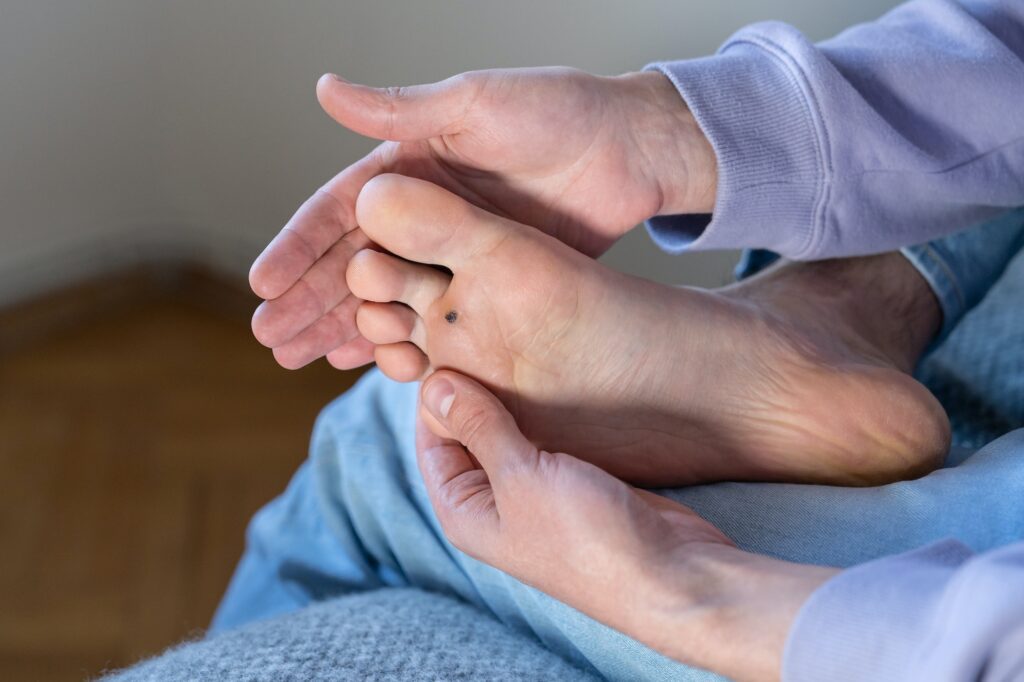Skin Infections Treatment
Skin infections are usually caused by microbes, like bacteria, virus or fungus. The feet are a great environment for microorganisms to latch on as they offer damp and moist areas, especially the space between the toes. This dampness softens tissues and provide the perfect space for the roots of a fungus to penetrate. Though fungal foot infections can be annoying and difficult to treat, they are rarely life-threatening.
Causes of Skin Infections
When barefoot, the feet are constantly in contact with microbes and hence particularly prone to infections. Usually, the immune system prevents these pathogens from attacking. But if it is a particularly virulent virus, or if the immune defences are low, or if there is a cut or break in the skin, the chances of an infection can increase.
Symptoms of Skin Infections
Skin infections can manifest symptoms that can include itching, inflammation, pain, redness, swelling, pus, discoloration, open sores, lesions and scaly, rough skin.
Common Skin Infections
Skin infections can be caused by a virus, fungus or bacteria. Foot infections caused by a fungus include:
Athlete’s foot
The fungus that causes Athlete’s foot thrives in a warm, moist environment, like shoes and socks, and on the floors of public showers, swimming pools, locker rooms, and in community baths. It can be more virulent in places that have a warm, humid climate. It also occurs more often during the summer when there is more humidity and dampness. Though the fungus attacks the feet first, they are very contagious and can spread to other parts of the body that are damp and sweaty, like the groin and under the arms.
Toenail Fungus (Onychomycosis)
This fungal infection occurs beneath the toenail. It develops slowly, causing white or yellowish discoloration of the nail, and then may progress to thickening, and flaking of the nail. If not treated, it may become severe enough to cause the nail to separate from the nail bed.
Common Bacterial Infections
Erythrasma
This is commonly seen in people with diabetes and in people who are overweight. It entrenches itself in the space between the toes and can spread quickly.
Cellulitis
A local bacterial infection that manifests on the leg and feet and can spread rapidly causing severe complications.
Common Viral Infections
Plantar warts
Plantar warts are caused by the human papillomavirus, or HPV, that can enter the feet through a wound, sore or cut. It causes hard bumps on the bottom of the feet and on the toes. They can form in clumps and are highly contagious. They can spread rapidly through the body and are hard to get rid of.
Coxsackievirus
Also called hand, foot, and mouth disease, or HFM, it mostly affects children and is common among children going to school. It may manifest as a rash on the feet and needs to be attended to immediately.
Though they are irritating and sometimes embarrassing, fungal infections are not life threatening. Bacterial and viral infections, on the other hand, though less common than fungal infections can sometimes turn serious, and move from being a localized infection to a condition that affects the whole body. The best way to prevent infection of the feet is to wear shoes that breathe, wear shower sandals in public showering rooms and keep your feet clean and hygienic by washing them daily with soap and water and drying them thoroughly.


